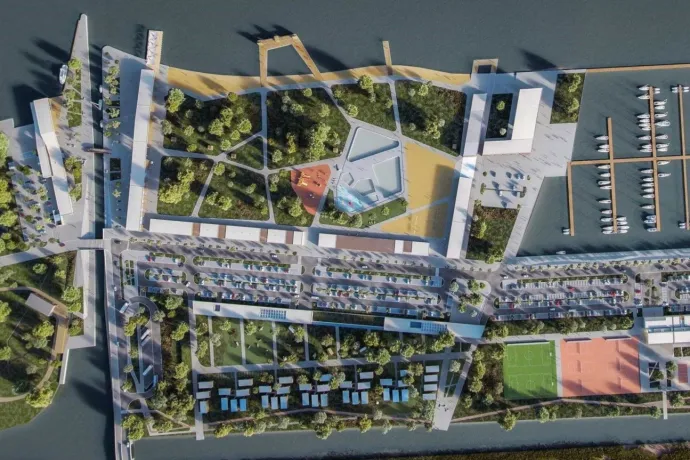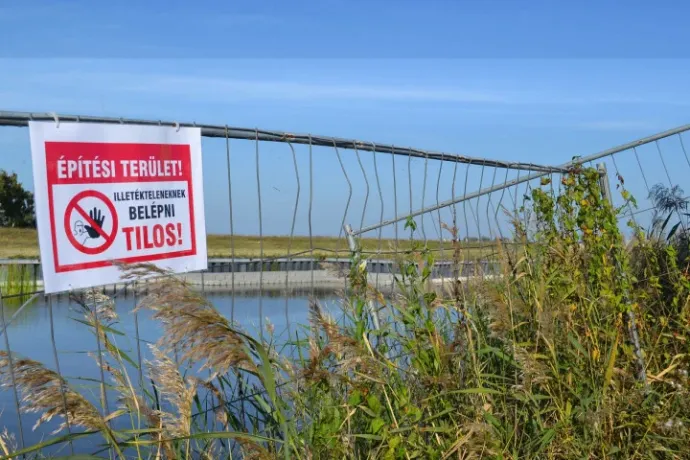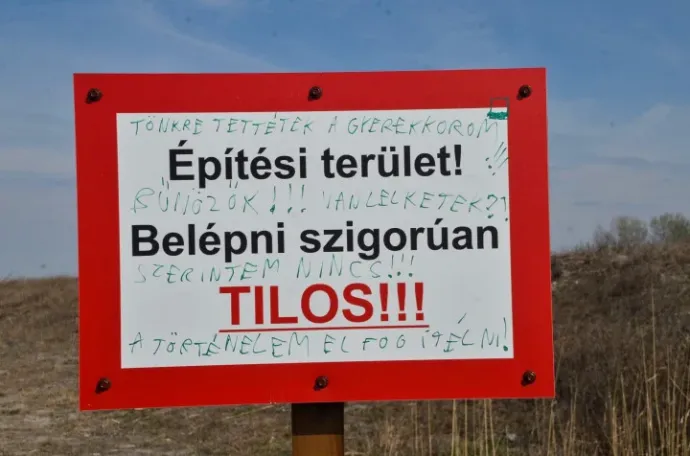
The Fertő landscape cannot bear any more construction, a UNESCO delegation monitoring the condition of World Heritage sites has concluded. UNESCO's team was joined by experts from ICOMOS, the international organisation for the conservation and protection of cultural heritage sites, as well as specialists from the Ramsar Convention on the protection of wetlands, who summarised their findings and recommendations in a recently published report, following their visit to the site and consultations last October.
The Lake Fertő-Neusiedlersee Cultural Landscape has been a World Heritage Site since 2001, shared by Hungary and Austria. The title is not merely a title, it is an obligation and requires following a set of serious rules. During their visit last autumn, the experts were in fact checking whether the standards and expectations associated with a cultural landscape had been breached. Although international organisations do not obligate, but only make recommendations, if their recommendations fall on deaf ears, the Fertő Landscape could be placed on the red list of World Heritage sites, i.e. on the endangered list. At first, this would involve close monitoring and, in the worst case, could even result in the title being rescinded.
UNESCO's experts visited the areas under development that could threaten the landscape and its World Heritage status on both the Austrian and Hungarian sides of Lake Fertő in October. Their findings show that the lake is already under pressure from development, tourism, hydrological changes as well as the impact of climate change.
The Hungarian ministry seemed cooperative
UNESCO has previously expressed its concern to Hungary about the scale of the originally planned investment on lake Fertő and welcomed the decision to suspend the project. As Telex also reported at the time, the reason behind their visit last October was that they wanted to see the construction around the lake for themselves, while also trying to bring the different points of view closer during the negotiations. Thirdly – and most importantly – their goal is not to punish, but to provide professional recommendations in order to – almost literally – steer the projects around Lake Fertő in the right direction. On the Hungarian side, the autumn meeting was chaired by Zorán Vukoszávlyev, Deputy State Secretary for the Protection of Historic Monuments at the Ministry of Construction and Transport. He was dismissed shortly afterwards.
The international delegation requested that both Hungary and Austria consider suspending all tourism-related development projects around the lake until a comprehensive joint assessment of the expected environmental impact of the investments has been carried out.
The pressure is on
The international organisations have called for increased coordination, heritage impact assessments and cooperation on major projects from both countries concerned.
The reason for this is that the inspection found that Lake Fertő is unable to cope with any more large-scale developments. As for tourism facilities, the delegation concluded that the size and scope of the existing tourism infrastructure in the area had reached its maximum capacity and
no further expansion would be permissible in the future.
(It should be noted for clarity's sake that international organisations make recommendations, they do not impose obligations. They may, however, revoke World Heritage status.)


The report cites the reconstruction of the Austrian Breitebrunn Lake Resort as a positive example in terms of scale, aesthetics and implementation, but the development planned for the Hungarian side of Lake Fertő raised concerns – as UNESCO put it – in terms of scale, scope and the materials which would be used. The report clearly states that the Fertőrákos project should be implemented on a smaller, restricted scale. Clear and continuous communication with the World Heritage community, the advisory bodies and the Ramsar Convention is essential if the development is to proceed.
Austria has also received criticism and a call for modifications, namely that allowing new wind farms near the lake is not advisable and that the Gols hospital should be built further away from the lake.

The summary contains several important messages, one of which seems to be addressed specifically to the Hungarian side: states should regularly consult stakeholders in the area concerned, including local populations and NGOs, and should ensure that they have access to relevant information and are able to participate in decision-making processes.
For more quick, accurate and impartial news from and about Hungary, subscribe to the Telex English newsletter!